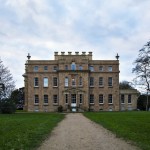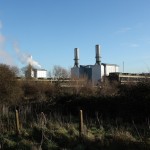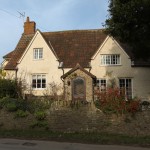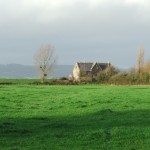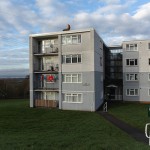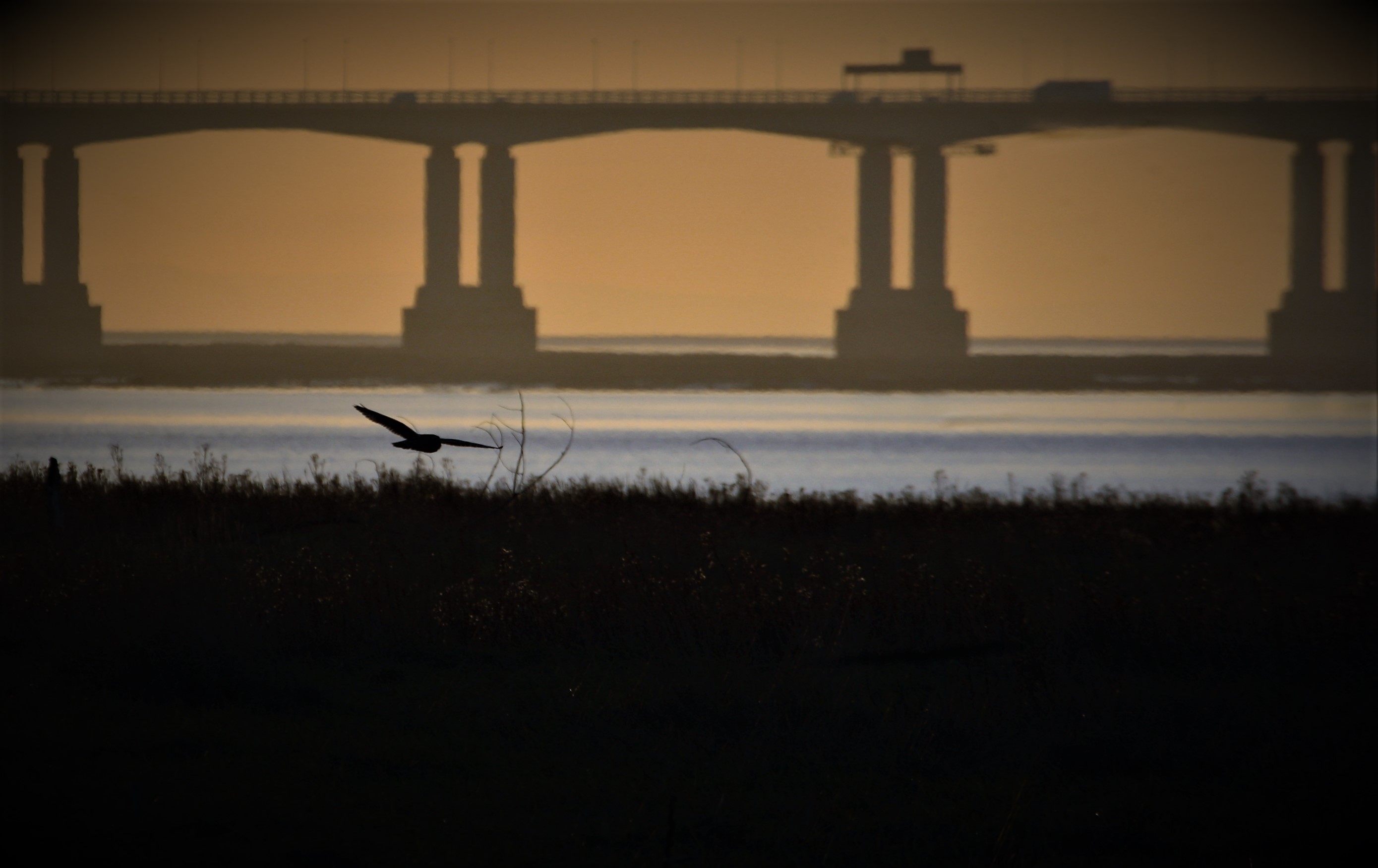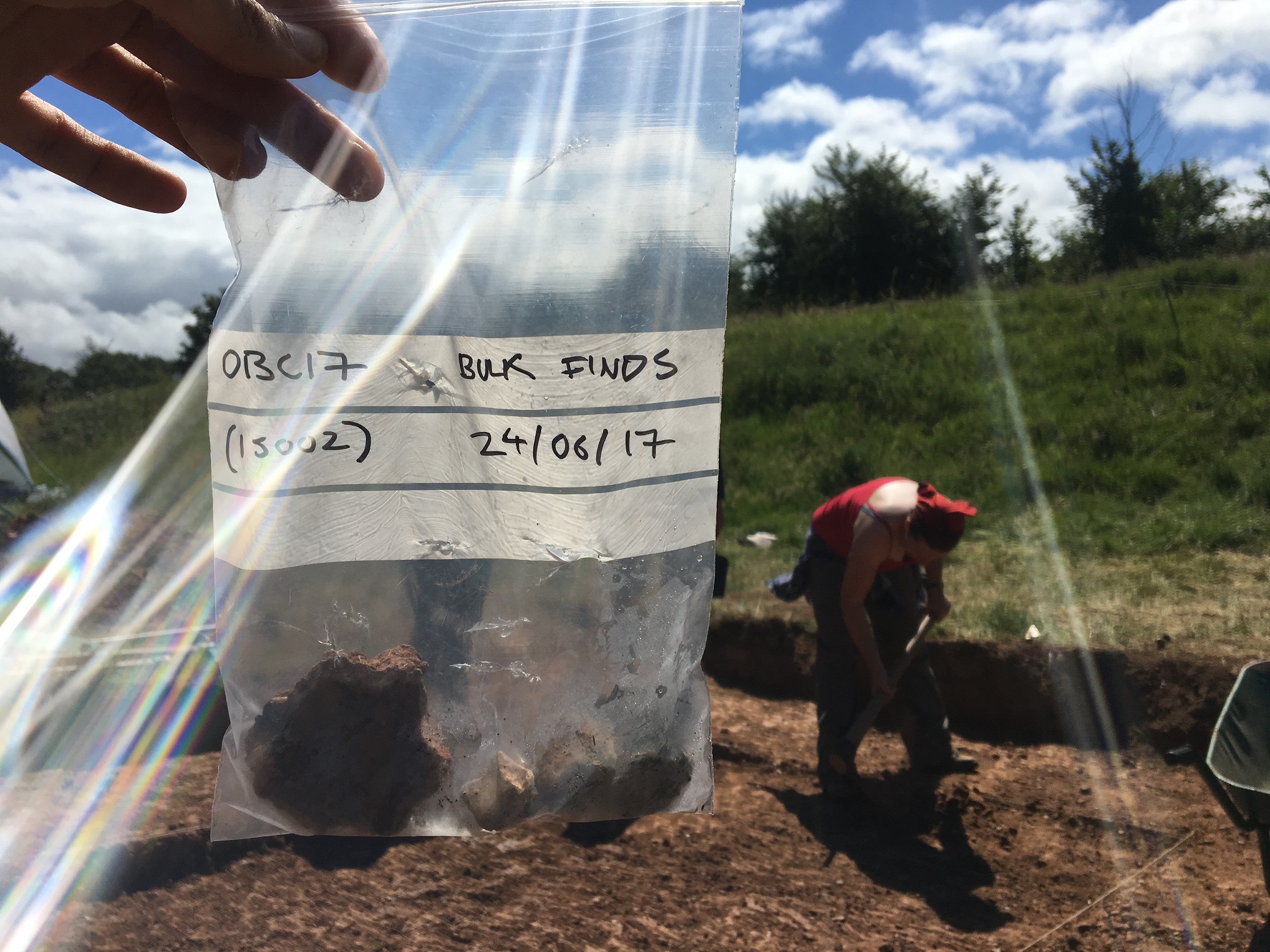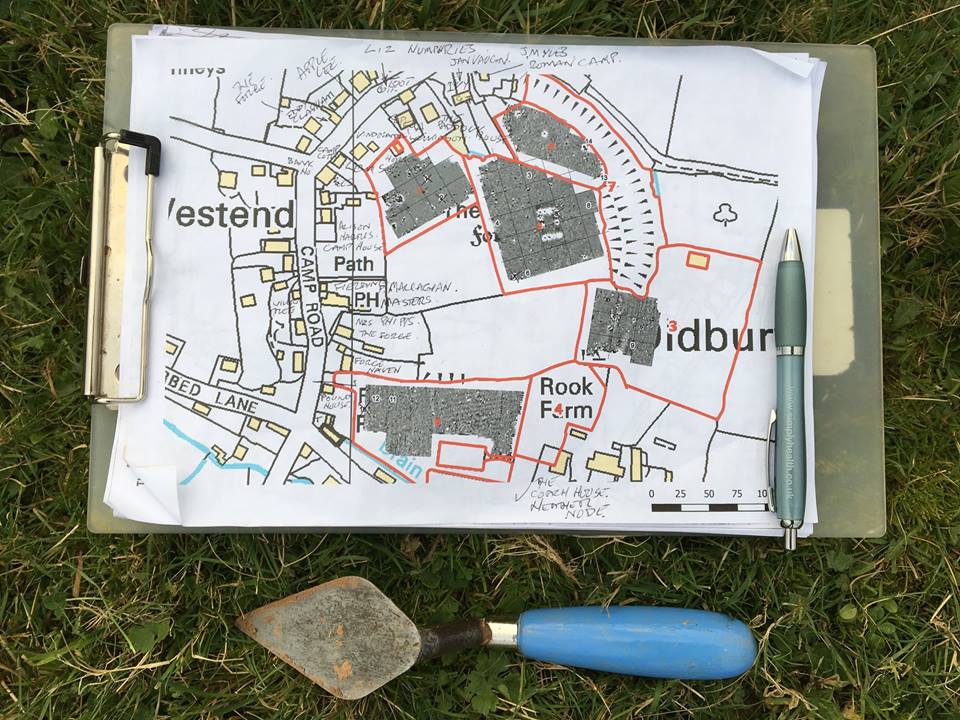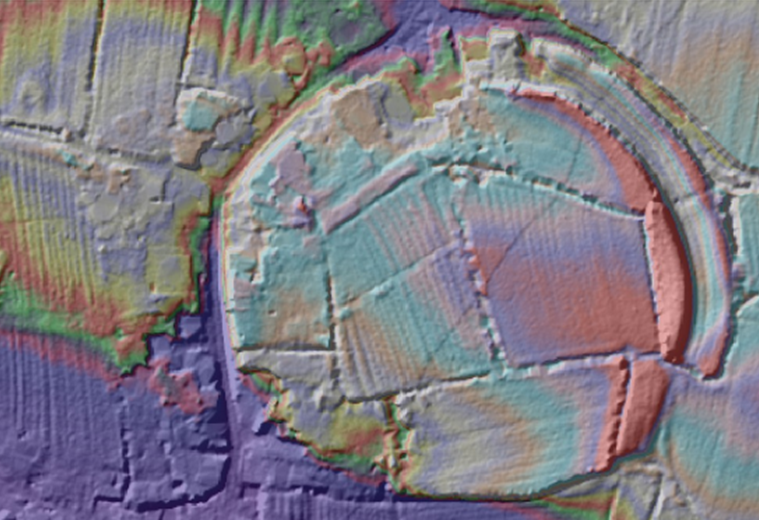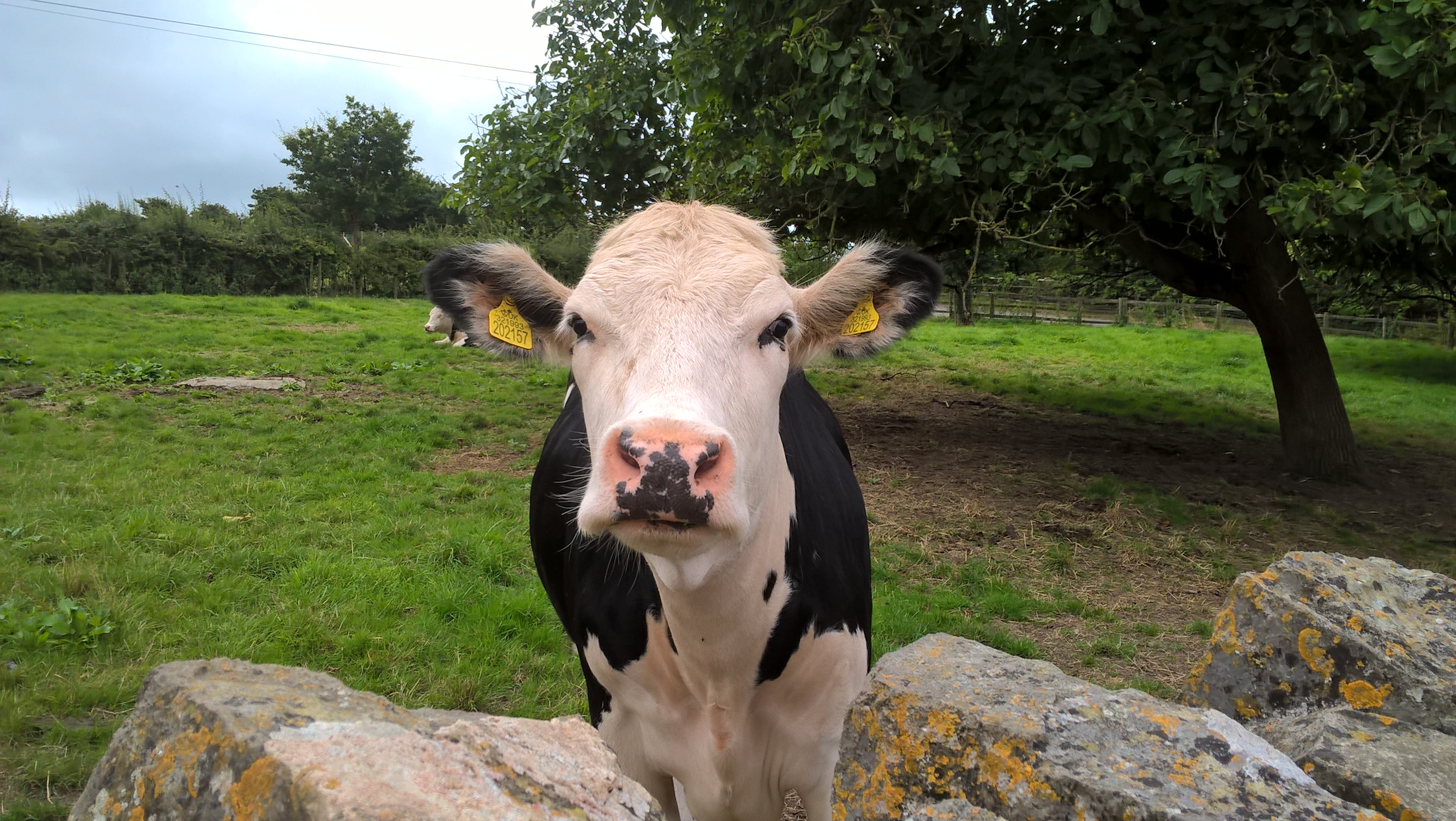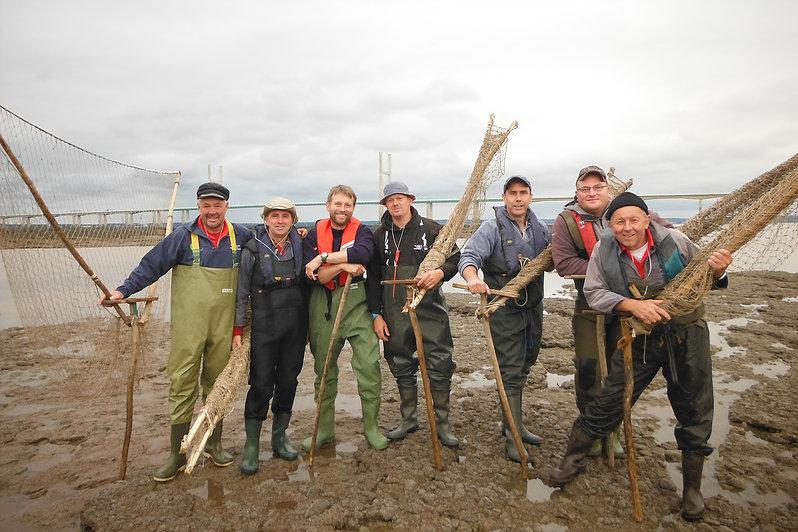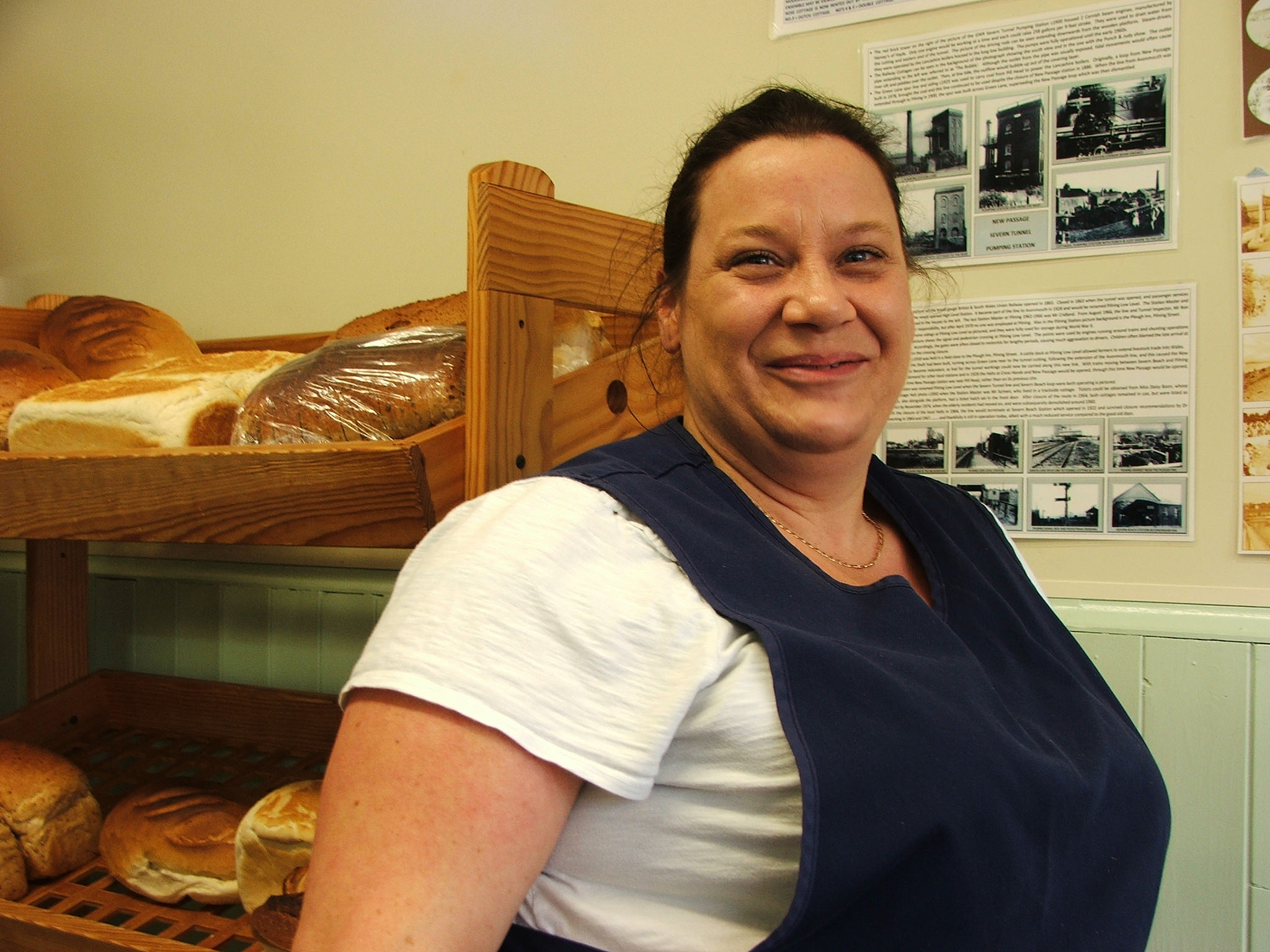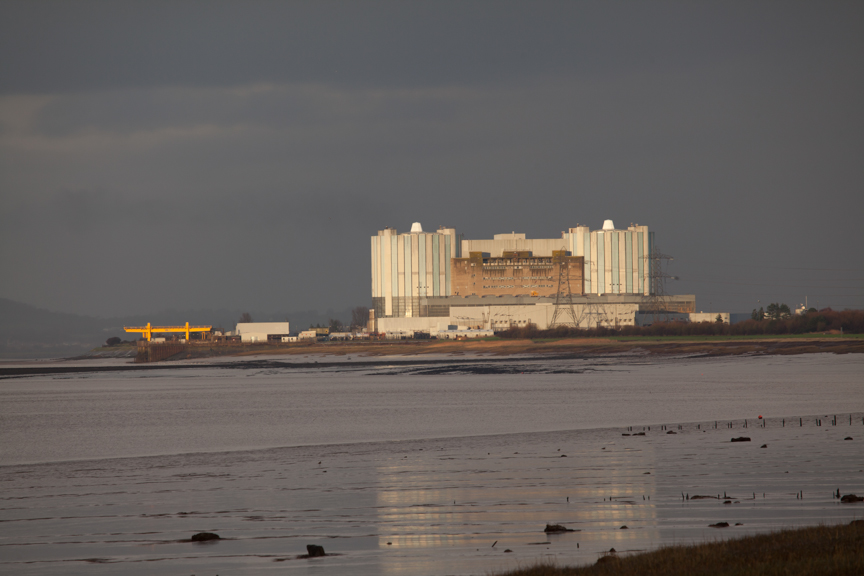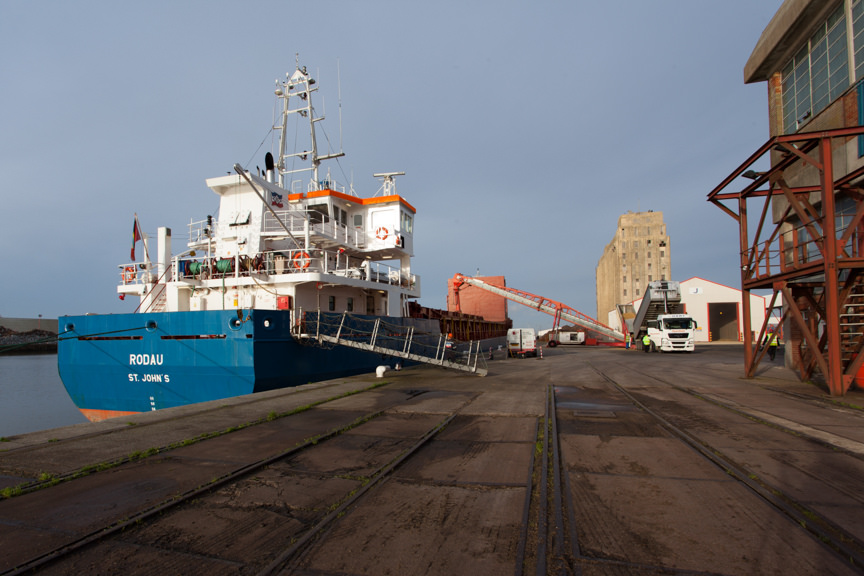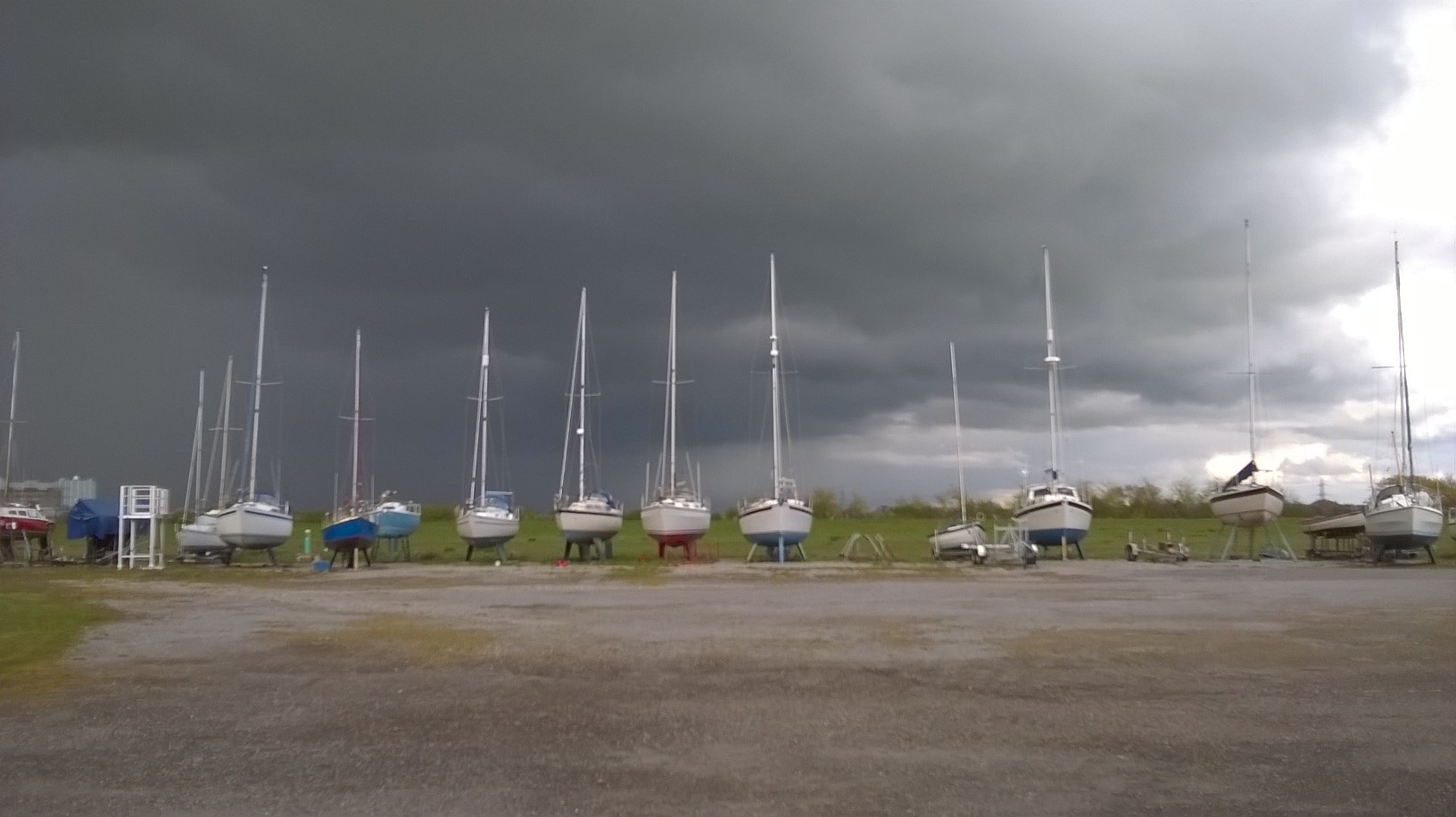Shaping the Landscape / Architecture
Architecture
-
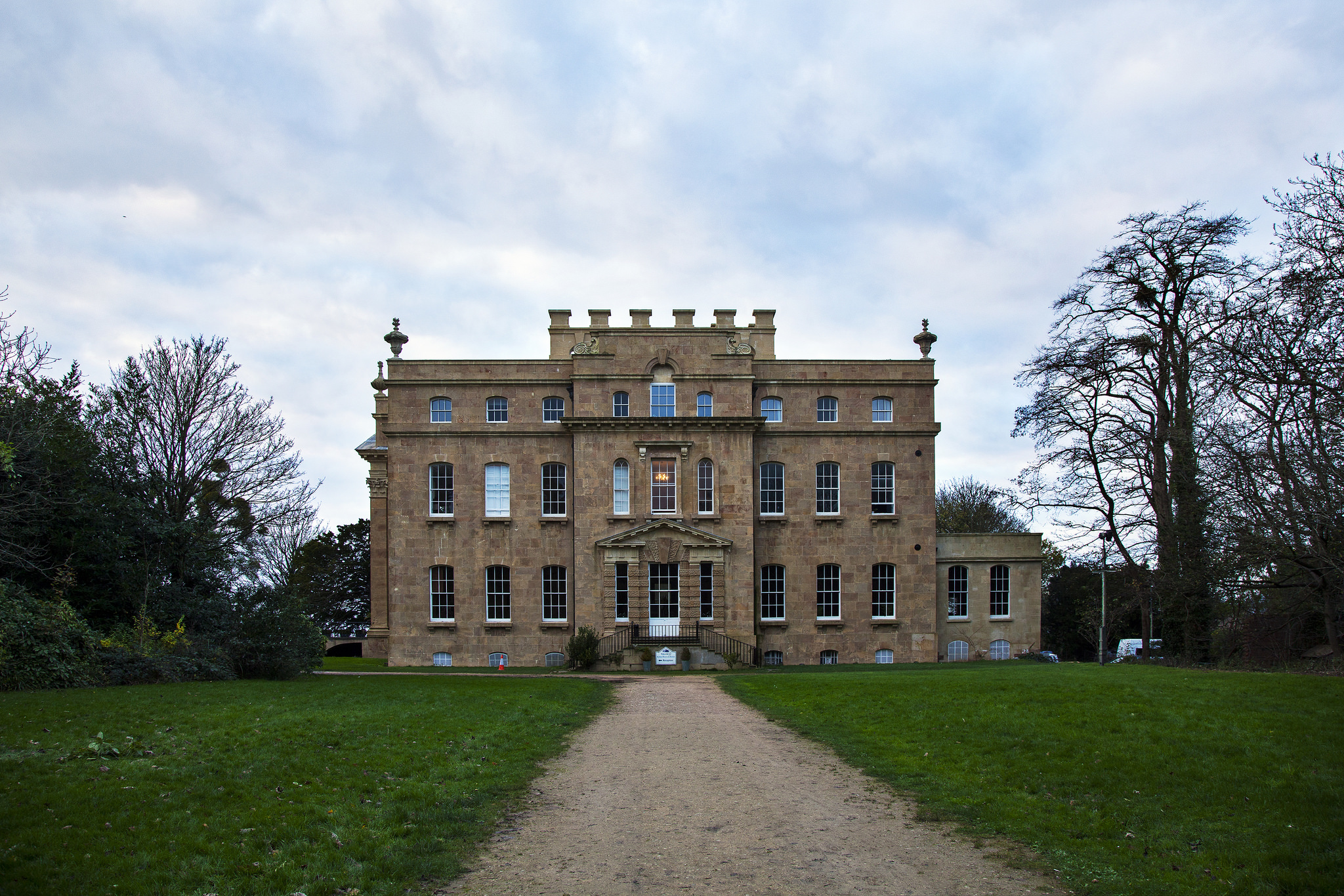 Kings Weston House
Kings Weston House -
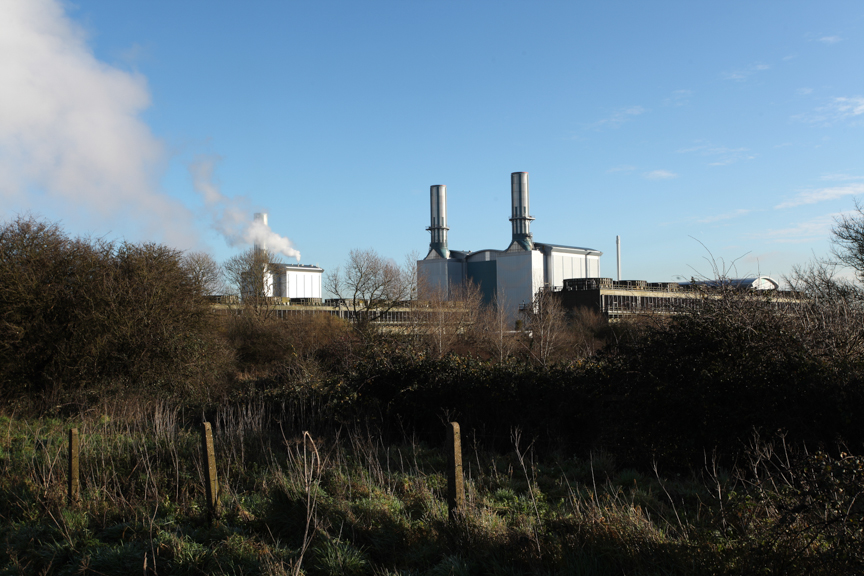 Avonmouth
Avonmouth -
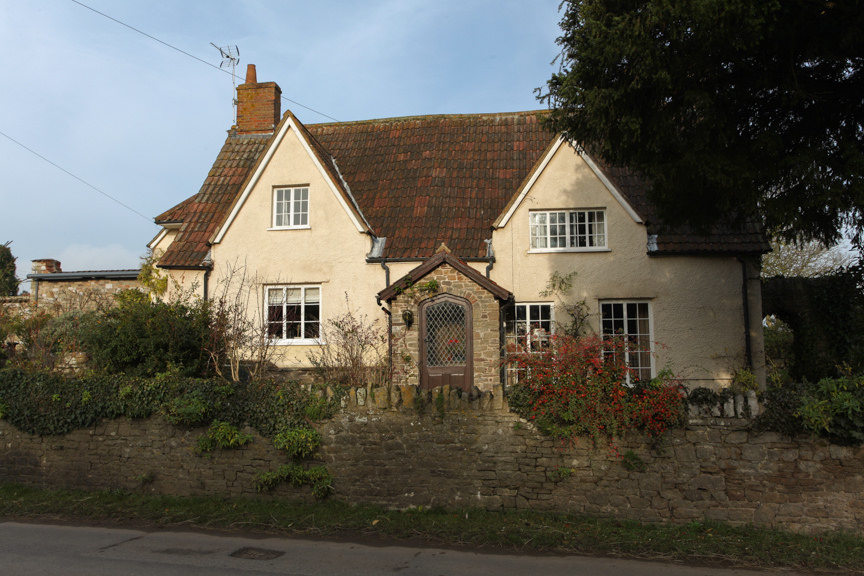 The Old Post Office, Church Road
The Old Post Office, Church Road -
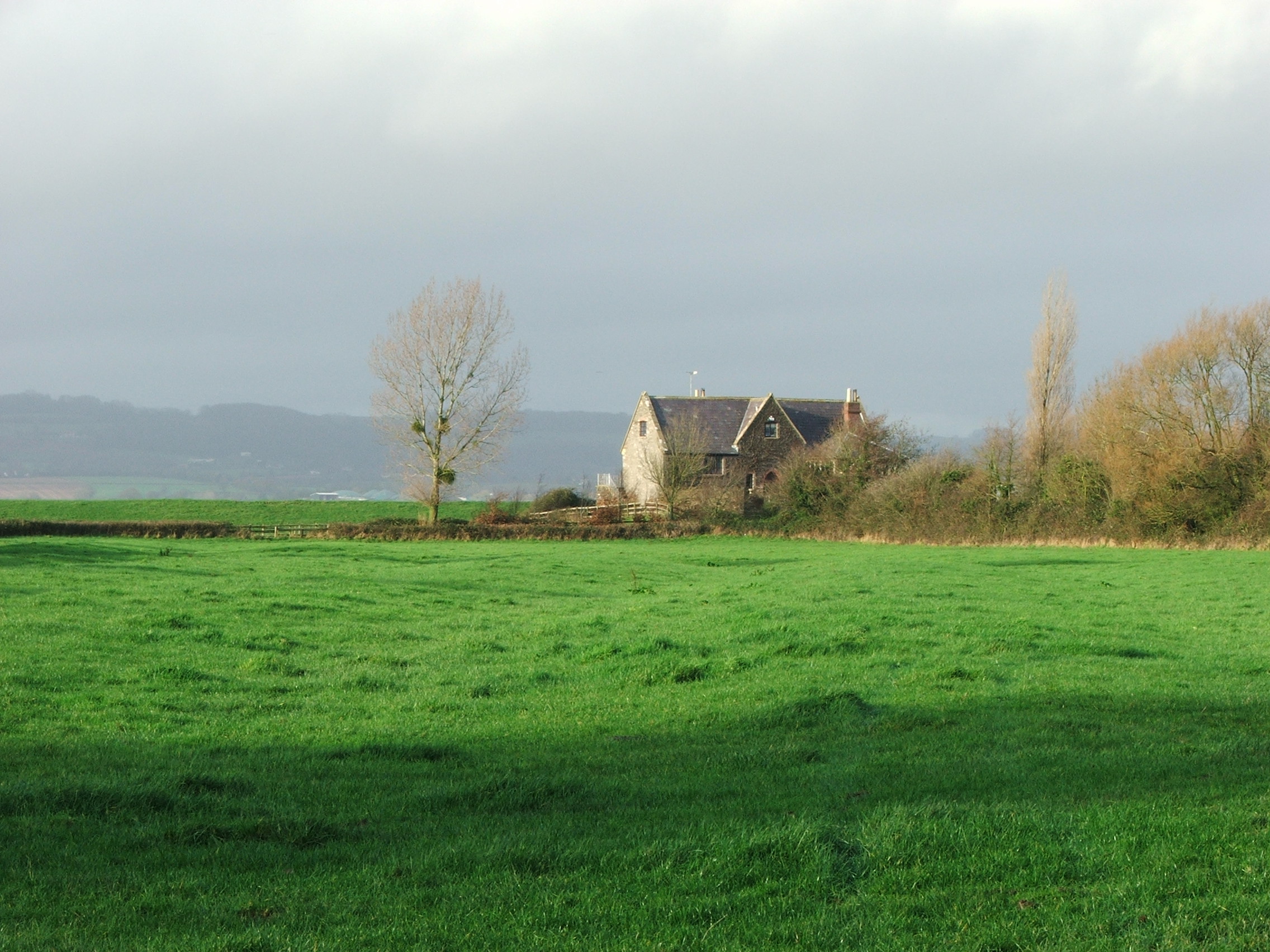 A rural house
A rural house -
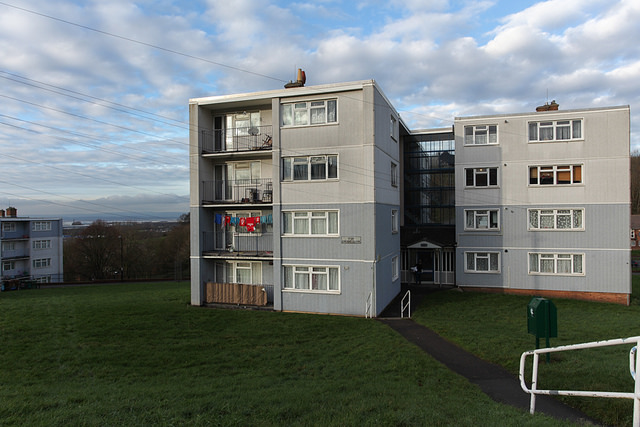 Lawrence Weston flats
Lawrence Weston flats
A Forgotten Landscape has always been a marginal land of reclaimed marsh, shifting shape between the sea and the high limestone ridge to the east. Traditional stone farm buildings spill down from Thornbury and villages along the modern A38 – Almondsbury, Olveston and Tockington. The marshland was worked intensively from these settlements along the higher ground.
The landscape hides the remains of Roman and Medieval flood defences. Pills and rhines dug for transport and drainage criss-cross the area, some dating back to the Middle Ages. A Roman villa was discovered at Lawrence Weston in 1948. Hamlets and farmsteads with Anglo-Saxon names – Pilning, Ingst, Aust – stand on islands raised above the marsh. The marshland was prized as rich summer grazing for dairy cattle and making hay for winter feed, for producing cheese, apples, salmon, eels, fish and water fowl, and reeds for thatching and basket-making. It remains valuable today as flat building land for roads, factories, warehouses, and even housing.
On the outskirts of the growing city wealthy Bristolians built their mansions, notably Kings Weston House in Shirehampton (1722), and Blaise Castle House in Henbury (1796). Victorian railways helped to develop Bristol’s suburbs at Avonmouth and Shirehampton from the 1860s, and the garden suburb of Sea Mills from 1919 was built with ‘homes fit for heroes’ of the First World War. After the Second World War, new suburbs were built further out at Kings Weston and Lawrence Weston.
In 1863 the railway reached New Passage, a ferry-port for travellers to Wales, where the Severn Railway Tunnel was built 1877-86. The hamlets of Pilning, Redwick and Severn Beach grew to house construction workers, and later catered for day-trippers from Bristol and holiday-makers from further afield. Housing built later in the 20th century made them into suburbs of Bristol.
Residents of Bristol’s north-west suburbs found work in the docks and chemical industry around Avonmouth, where there was a First World War munitions factory and from 1962 an ICI chemical plant. 20th century motorway megastructures – the Severn Road Bridge at Aust (1966), and the second Severn crossing at Severn Beach (1996), led to the development of the area as a regional distribution centre.
Visit our churches page to find out more about these local architectural landmarks.

